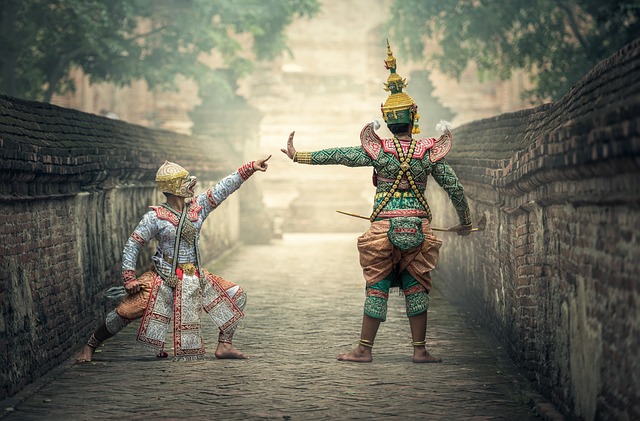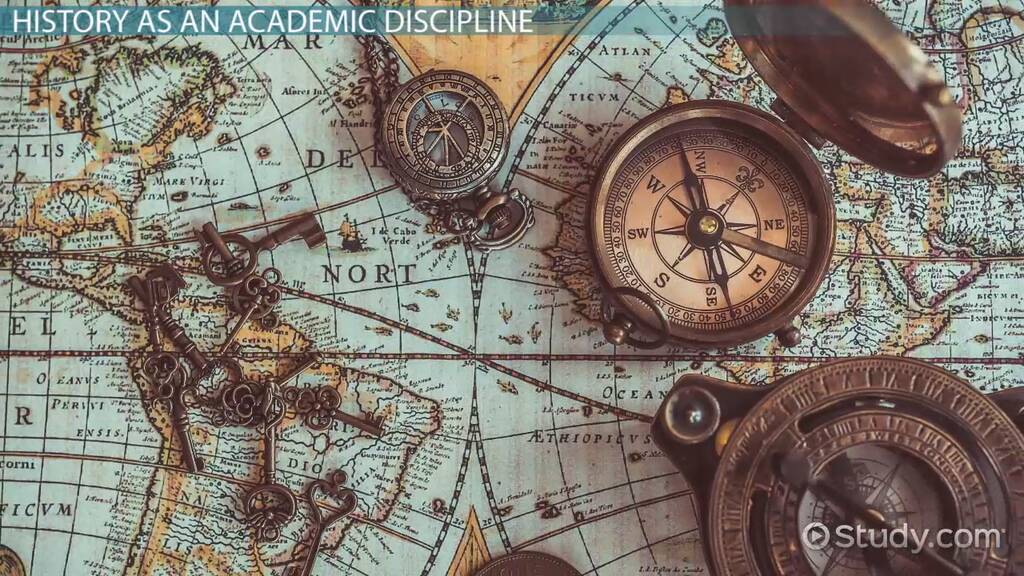
Cultural heritage plays a significant role in shaping individual and collective identities. It encompasses traditional practices, customs, knowledge, and festivals that define various cultures worldwide.
This article delves into the importance of embracing these living artifacts as a means to preserve cultural identity. By exploring traditional practices and customs, passing down cultural knowledge, celebrating festivals and events, and promoting cultural exchange and understanding, individuals can contribute to the continuous evolution of their culture while fostering freedom of expression.
Key Takeaways
- Living artifacts play a crucial role in preserving unique customs, traditions, and knowledge systems that define cultural identity.
- Embracing and celebrating cultural heritage fosters a sense of belonging, pride, and unity within communities.
- Cultural exchange and understanding promote mutual respect, break down stereotypes, and build global connections.
- Preserving cultural identity ensures the continuity of cultural practices, inspires future generations, and contributes to social cohesion and economic development.
The Importance of Cultural Heritage
The preservation and promotion of cultural heritage plays a crucial role in maintaining and strengthening cultural identity. Cultural identity preservation ensures that the unique customs, traditions, practices, and knowledge systems that define a particular culture are safeguarded for future generations. It allows individuals to connect with their roots, fostering a sense of belonging and pride in their cultural heritage. Moreover, cultural heritage conservation contributes to the diversity of human expression by highlighting the richness of different cultures around the world.
By actively preserving cultural heritage, communities can transmit values, beliefs, rituals, and languages from one generation to another. This process encourages intergenerational learning and contributes to the continuity of cultural practices that shape societal norms. Additionally, cultural identity preservation serves as a source of inspiration for artists, writers, musicians, and filmmakers who draw upon traditional elements in their creative works.
In conclusion, recognizing the importance of cultural heritage conservation is essential for upholding diverse identities worldwide. By valuing and respecting our collective pasts, we ensure that vibrant cultures continue to thrive while providing an invaluable resource for future generations seeking freedom through embracing their own unique identities.
Exploring Traditional Practices and Customs
Exploring traditional practices and customs provides insight into the cultural heritage of a community. Traditional craftsmanship is one aspect that encapsulates the skills and techniques passed down through generations. Whether it be pottery-making, textile weaving, or wood carving, these crafts not only showcase the artistic abilities of a culture but also embody its values and beliefs.
The intricate patterns and designs reflect the unique worldview of the community, often incorporating symbolism that holds deep meaning. Indigenous rituals are another significant component of cultural identity. These rituals serve as a way to connect with the spiritual realm, honor ancestors, and mark important life events.
From sacred ceremonies to communal celebrations, these practices foster a sense of belonging and unity within the community while preserving ancient traditions. Exploring traditional practices and customs allows individuals to appreciate the richness and depth of cultural heritage while keeping these age-old traditions alive for future generations.
Preserving and Passing Down Cultural Knowledge
Preserving and passing down cultural knowledge involves the transmission of ancestral wisdom and practices to future generations. Cultural preservation techniques play a crucial role in safeguarding this invaluable heritage.

One such technique is the oral traditions transmission, which involves passing on knowledge through storytelling, songs, poetry, and proverbs. These verbal forms of communication not only transmit information but also convey emotions, values, and beliefs that are deeply rooted in cultural identity.
The use of language appropriate for an audience that desires freedom allows individuals to express themselves authentically while maintaining respect for their cultural heritage. By embracing these methods, communities can ensure the continued existence and relevance of their traditions in an ever-changing world.
Preserving cultural knowledge serves as a reminder of our collective history and contributes to the diverse tapestry of humanity's shared experiences.
Celebrating Cultural Festivals and Events
Celebrating cultural festivals and events provides opportunities for communities to come together and engage in shared experiences that reinforce their cultural heritage. These celebrations often involve a cultural fusion, where different traditions blend together to create new and unique festivities. This blending of traditions not only showcases the diversity within a community but also promotes unity and understanding among its members.
Cultural festivals can also serve as a form of resistance and resilience, especially in situations where a particular culture has faced oppression or marginalization. By organizing and participating in these events, communities assert their identity, reclaiming their cultural heritage as an act of defiance against outside forces attempting to erode it.
Moreover, these celebrations offer individuals a chance to reconnect with their roots and instill a sense of pride in their cultural identity. They become occasions for storytelling, music, dance, food, and other artistic expressions that showcase the richness and vitality of the culture being celebrated.
In conclusion, celebrating cultural festivals and events is not only an enjoyable experience but also serves as an important means of preserving and promoting diverse cultures. It allows communities to come together in unity while simultaneously resisting attempts at erasure or assimilation.
Promoting cultural exchange and understanding is essential for fostering mutual respect and appreciation among diverse communities. It allows individuals to experience different cultures firsthand, leading to a deeper understanding of the world we live in.
Cultural immersion programs provide opportunities for individuals to fully immerse themselves in another culture, through activities such as living with host families or participating in local customs and traditions. This firsthand experience helps break down stereotypes and fosters empathy, as individuals gain a greater appreciation for the values, beliefs, and practices of others.

Additionally, promoting cultural exchange encourages the building of global connections. By connecting people from different backgrounds, it opens doors for collaboration on various levels – be it economic, social, or political – ultimately working towards a more inclusive society that celebrates diversity.
Engaging in cultural exchange broadens horizons by challenging preconceived notions.
Building relationships across cultures enhances personal growth and development.
Cultural immersion programs help develop intercultural communication skills.
Frequently Asked Questions
What are some common challenges faced in preserving cultural heritage?
Preserving cultural heritage faces common challenges such as funding limitations and lack of government support. These obstacles hinder the conservation efforts required to safeguard cultural identities, traditions, and lifestyles for future generations.
How can individuals contribute to the preservation of traditional practices and customs?
Preserving legacy and fostering cultural appreciation can be achieved through individual efforts. By actively participating in traditional practices, supporting cultural events, and educating others about customs, individuals can contribute to the preservation of traditional practices and customs.
What are some effective ways to pass down cultural knowledge to future generations?
Interactive workshops and storytelling sessions offer effective ways to pass down cultural knowledge. Through hands-on activities and engaging narratives, future generations can actively participate in learning about their cultural traditions, ensuring the preservation of cultural identity.
How do cultural festivals and events play a role in reinforcing cultural identity?
Cultural festivals and events play a significant role in reinforcing cultural identity by providing a platform for communities to showcase their traditions, customs, and values. They serve as important spaces for cultural exchange, preservation, and intergenerational learning.
Cultural diplomacy and intercultural dialogue are methods used to promote cultural exchange and understanding between different communities. These approaches facilitate communication, mutual respect, and appreciation of diverse traditions, fostering an environment where people can freely express their cultural identities.

 SportsHollywoodLifestyleFashionHome & GardenTrendsPrivacy PolicyTerms And Conditions
SportsHollywoodLifestyleFashionHome & GardenTrendsPrivacy PolicyTerms And Conditions
